Bird of Paradise plants (Strelitzia) are known for their striking flowers that resemble a bird in flight. These bold, tropical beauties bring a touch of the exotic to any space. There are five species, each with its own unique traits, from towering giants to compact houseplants. Let’s dive into the stunning world of Strelitzia!
Contents
- 1 Strelitzia reginae – The Classic Bird of Paradise
- 2 Strelitzia reginae variegata
- 3 Strelitzia reginae albovariegata
- 4 Strelitzia nicolai – The Giant Bird of Paradise
- 5 Strelitzia nicolai variegata
- 6 Strelitzia nicolai albovariegata
- 7 Strelitzia alba – The White Bird of Paradise
- 8 Strelitzia caudata – The Mountain Bird of Paradise
- 9 Strelitzia juncea – The Rush-Leaved Bird of Paradise
Strelitzia reginae – The Classic Bird of Paradise
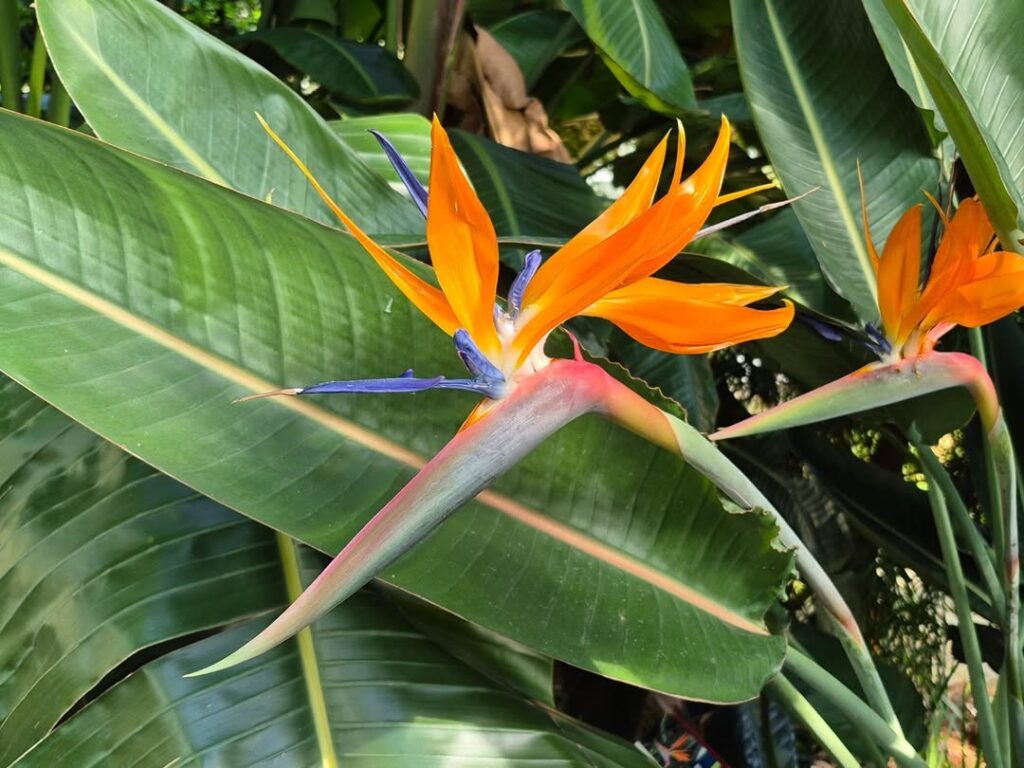
This is the most famous Bird of Paradise, with bright orange and blue flowers that look like a tropical bird. Native to South Africa, it grows up to 5 feet tall and thrives in warm, sunny conditions. Its dramatic blooms make it a favorite for landscapes and indoor pots alike.
Strelitzia reginae variegata
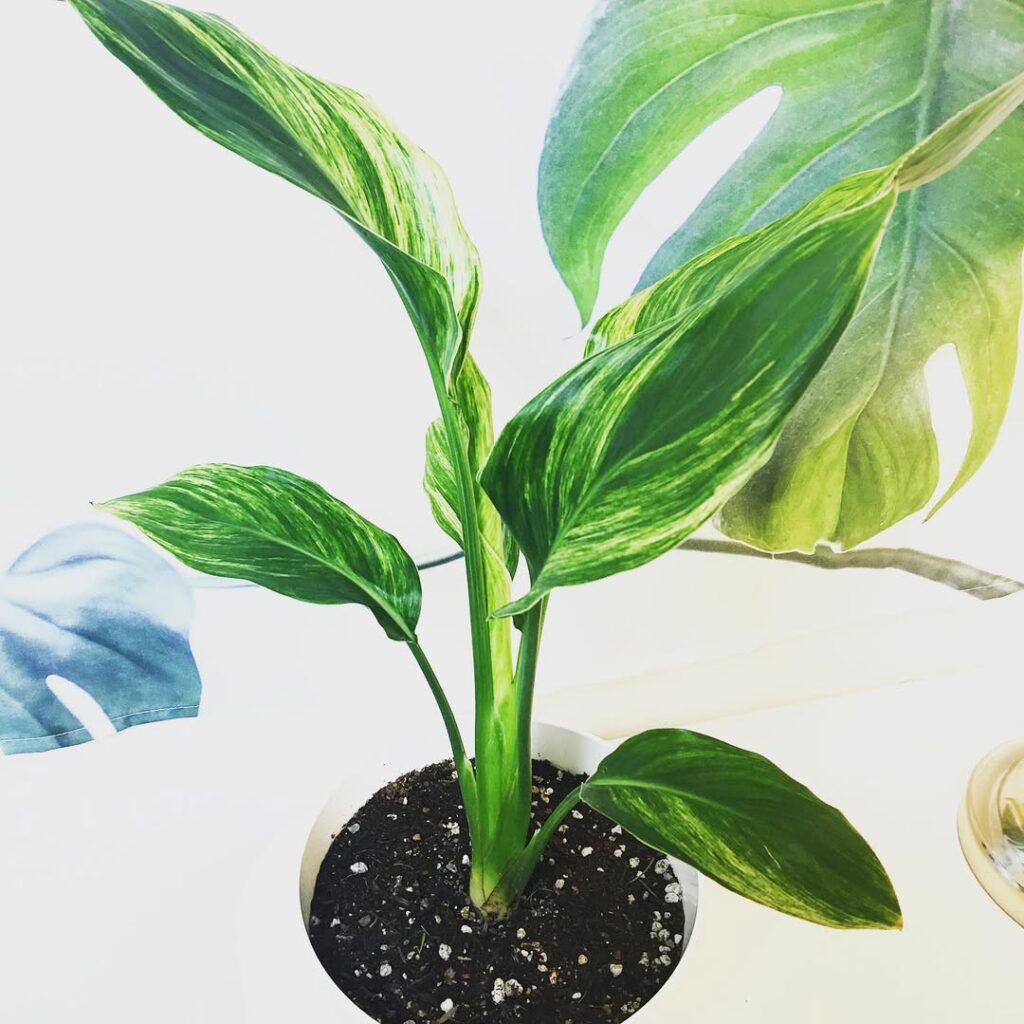
Strelitzia reginae variegata is a rare and visually striking variegated form of the classic Bird of Paradise (Strelitzia reginae). It features bold streaks of creamy white or yellow running through its large, paddle-shaped leaves, creating a dramatic contrast against the deep green foliage. This unique coloration makes it highly sought after by collectors and tropical plant enthusiasts.
Strelitzia reginae albovariegata
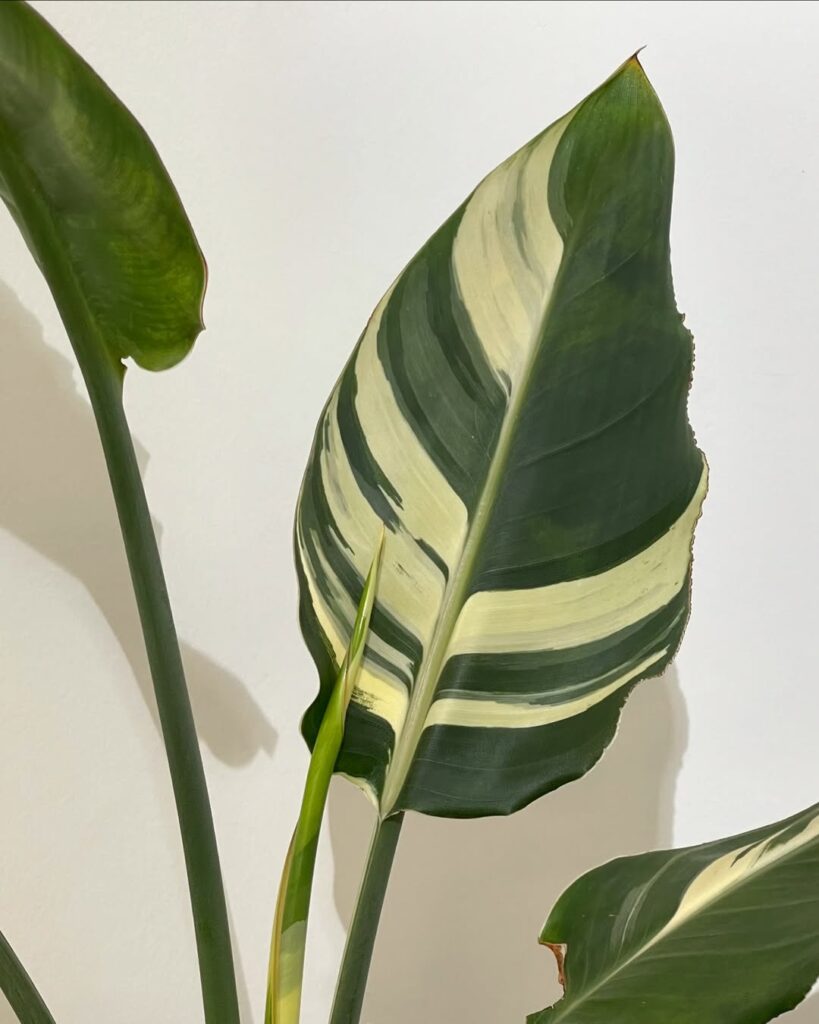
Strelitzia reginae albovariegata is an exceptionally rare variegated form of the classic Bird of Paradise (Strelitzia reginae). It features white variegation, often appearing as elegant marbled or streaked patterns across its broad, paddle-shaped leaves. This unique coloration makes it highly desirable among collectors and tropical plant enthusiasts.
Strelitzia nicolai – The Giant Bird of Paradise
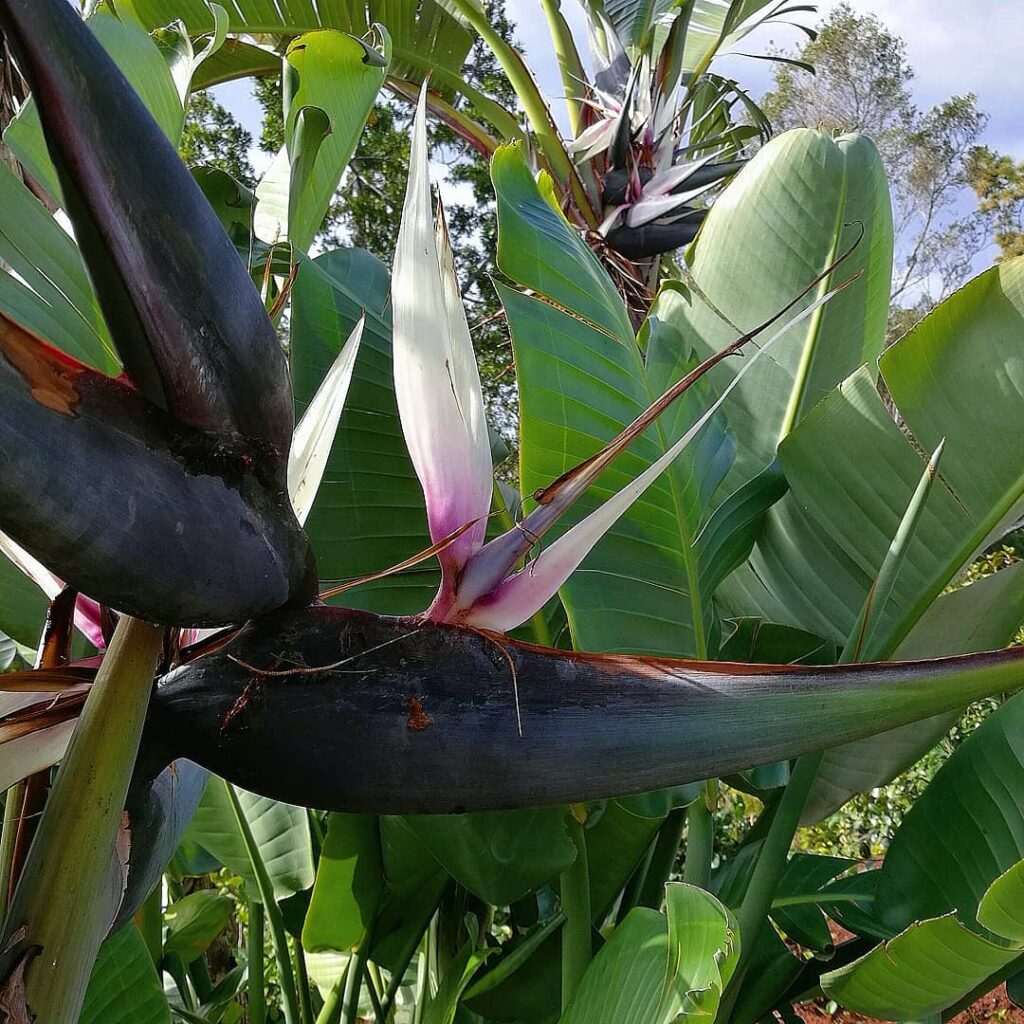
If you want a statement plant, Strelitzia nicolai is your go-to. It can reach 20 feet tall, resembling a banana tree with large, tropical leaves. Its flowers are white and dark purple, adding elegance to gardens and large indoor spaces.
Strelitzia nicolai variegata
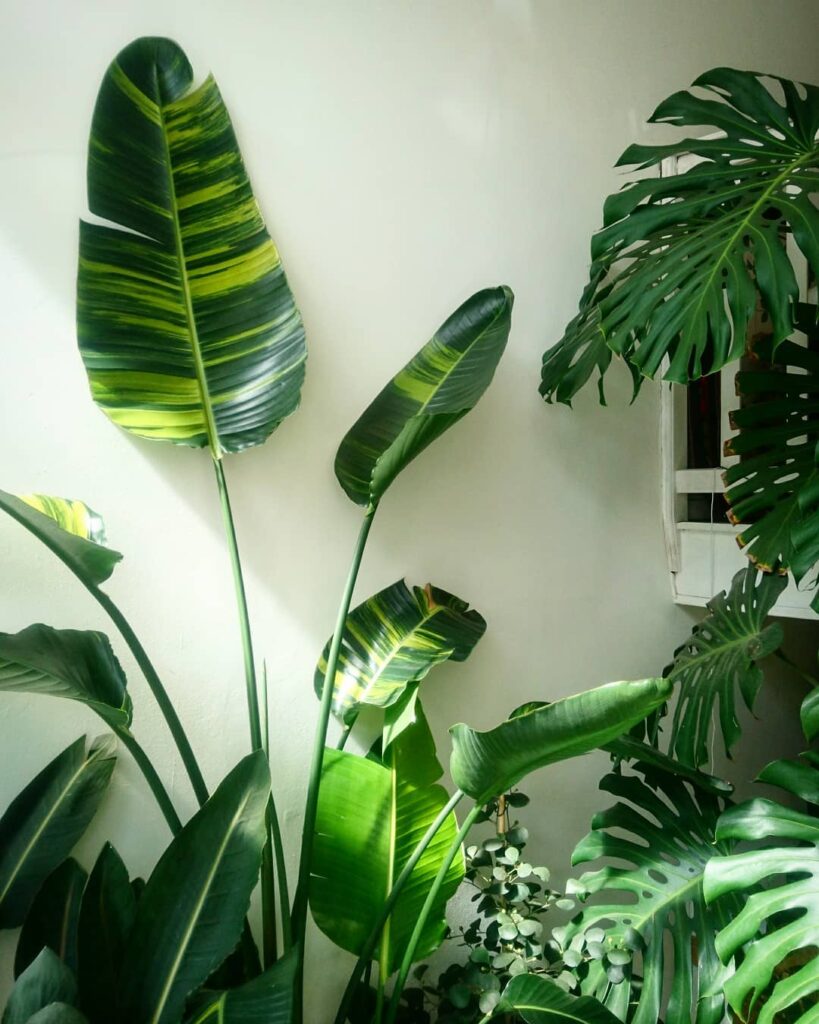
This variety showcases striking variegation, with bold streaks of creamy white or yellow running through its large, banana-like leaves. The contrast between the deep green and lighter tones creates a dramatic effect, making it a standout in any garden or indoor space.
Strelitzia nicolai albovariegata
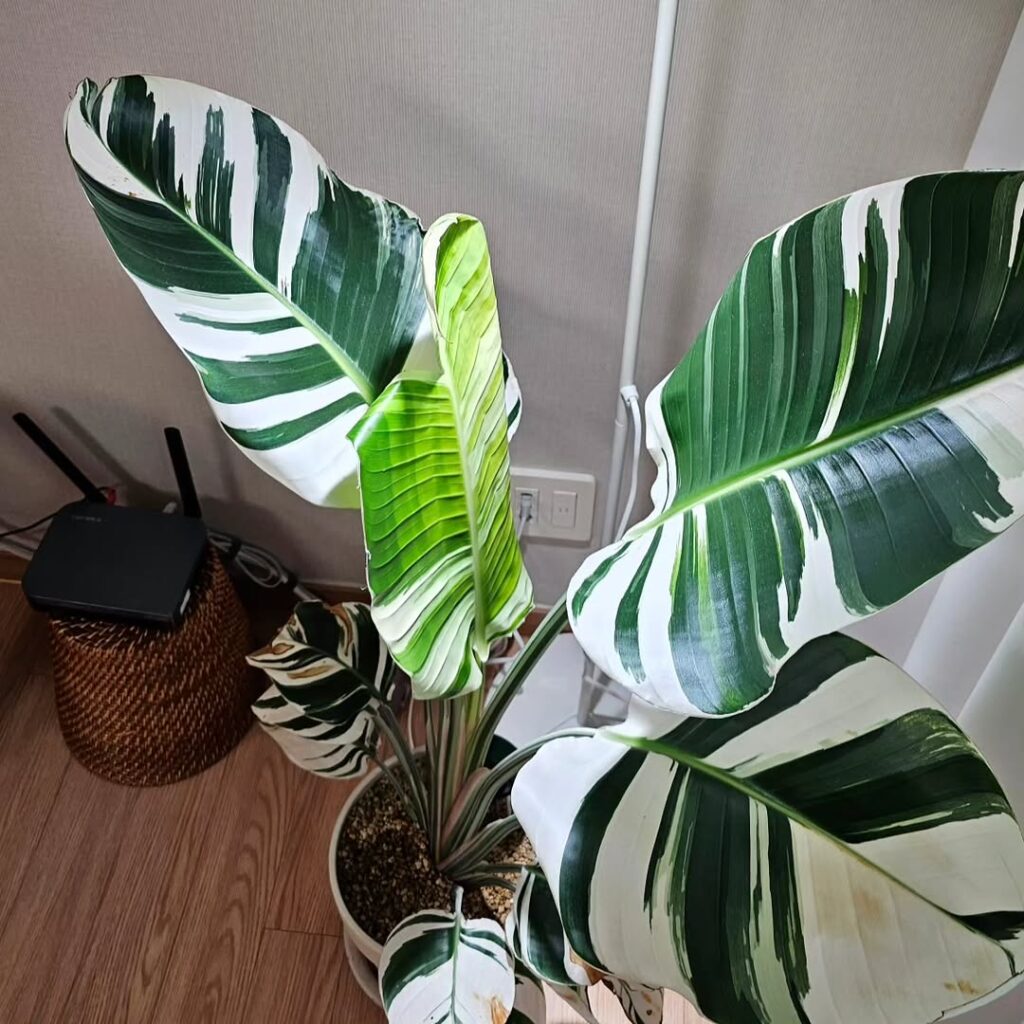
A rarer form, albovariegata features white variegation, often appearing as elegant marbled patterns across the foliage. The lighter tones give it an ethereal look, making it even more desirable among collectors.
Strelitzia alba – The White Bird of Paradise
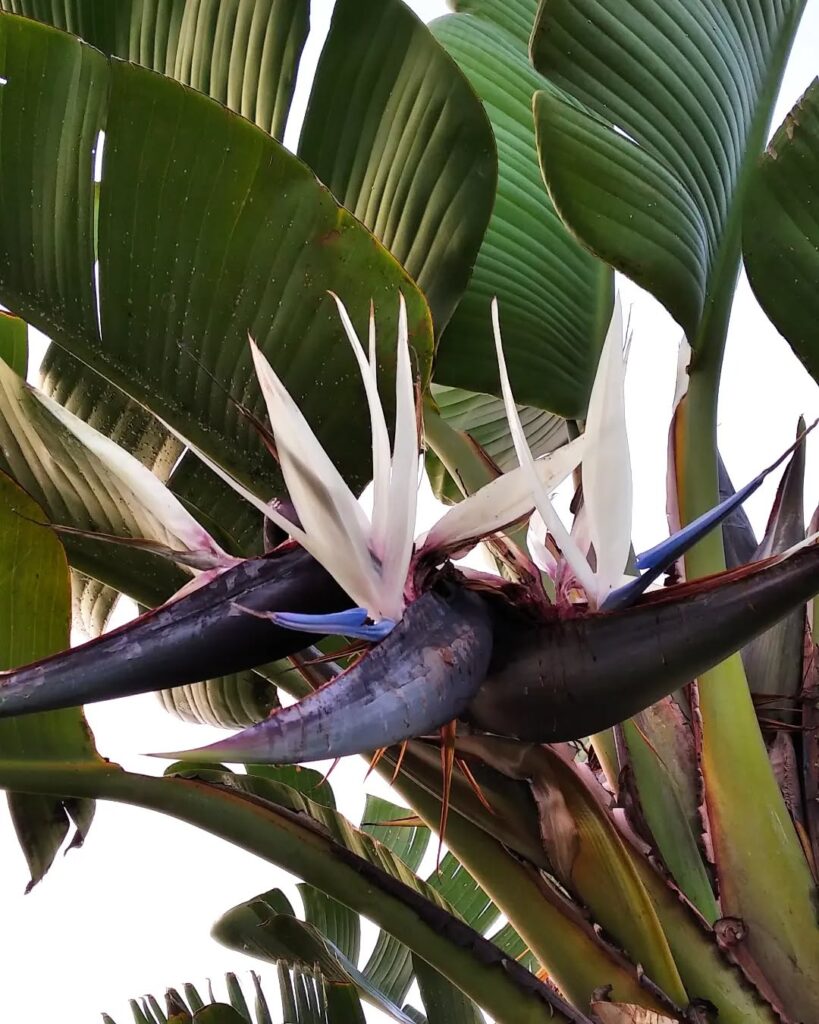
This rare species is similar to S. nicolai but has slightly smaller leaves and a delicate white bloom. It grows in the wild in South Africa’s coastal forests, reaching 10-12 feet tall. While not as common as other species, its beauty makes it a prized addition for collectors.
Strelitzia caudata – The Mountain Bird of Paradise
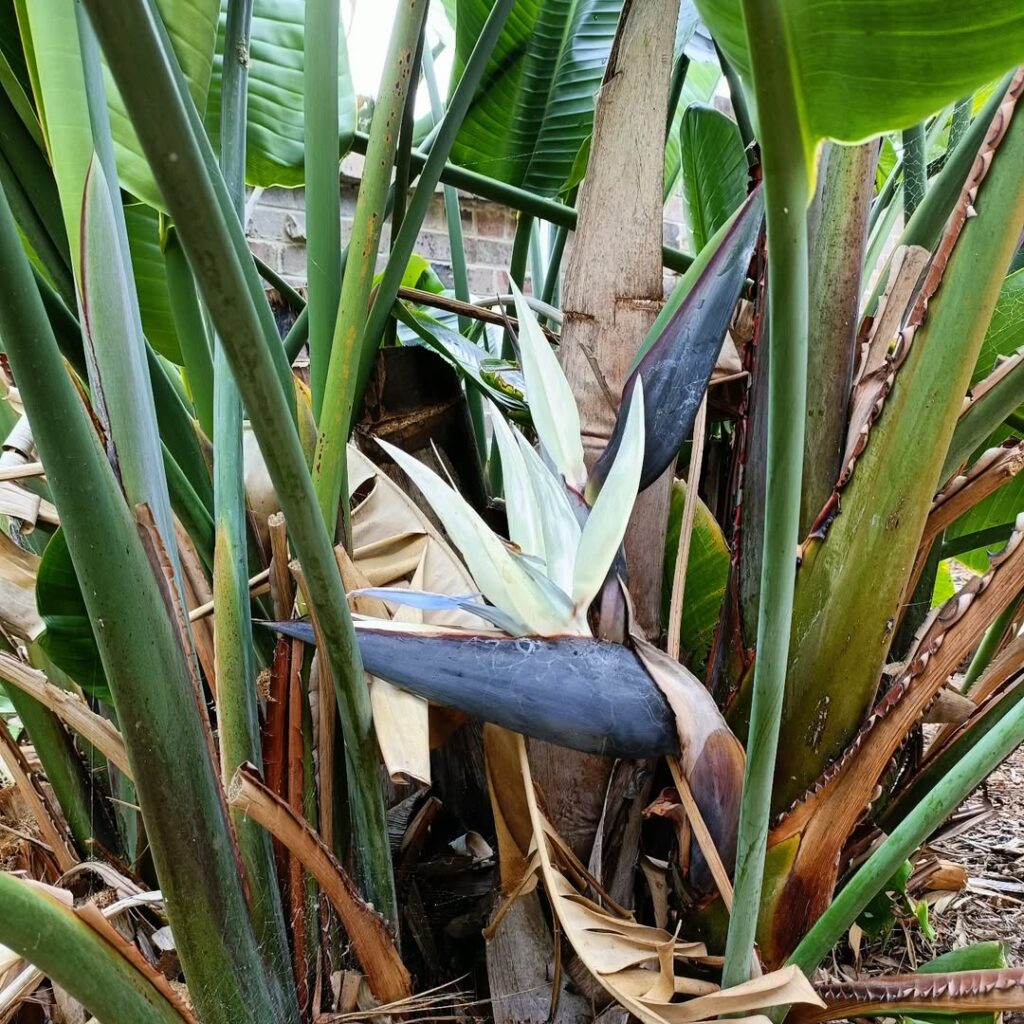
Found in rocky, mountainous areas of South Africa, Strelitzia caudata is built for survival. It grows up to 8 feet tall and has elegant white and blue flowers. Though not widely cultivated, it’s a stunning plant with a rugged charm.
Strelitzia juncea – The Rush-Leaved Bird of Paradise
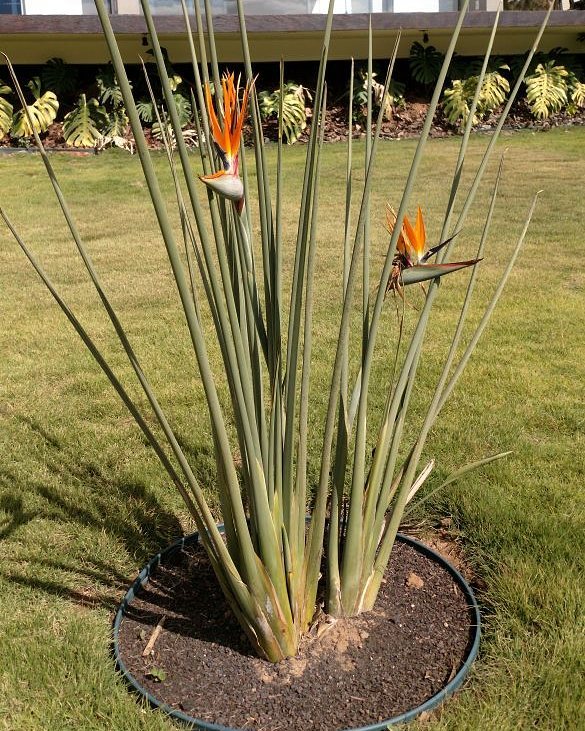
This species stands out because it has narrow, reed-like leaves instead of the broad leaves of other Strelitzia plants. It produces the classic orange and blue flowers but has a modern, sculptural appearance. It’s a great choice for minimalist gardens and indoor decor.
Bird of Paradise plants are more than just eye-catching—they bring tropical energy to any space. Whether you’re looking for a small indoor plant or a towering outdoor feature, there’s a Strelitzia for everyone. Which one fits your vibe?
